I am ready to write this article for your space website. The story of the Apollo 11 Moon landing is a monumental event that deserves a detailed, yet simple, retelling that captures its drama and historical significance.
One Giant Leap: The Full Story of the Apollo 11 Moon Landing
In the summer of 1969, the world was watching. The United States had made a promise to the world: to land a human on the Moon and bring them back safely. This promise was made during the height of the Space Race with the Soviet Union, and it was a goal that seemed almost impossible. But on a hot day in July, a giant rocket stood ready on the launchpad, holding the hopes and dreams of a nation.
This is the story of Apollo 11, the mission that changed the course of human history. It is a story of three brave astronauts, a massive rocket, a journey of nearly a quarter of a million miles, and a single, historic step that proved humanity could achieve the impossible. In this article, we will take a deep dive into the entire journey of the Apollo 11 mission, from the moment of liftoff to the final, safe splashdown in the ocean.
The Mission’s Goal: A Promise to the World
The Apollo 11 mission was the culmination of a decade of work. In 1961, President John F. Kennedy had challenged the United States to land a man on the Moon before the end of the 1960s. This was not just a scientific mission; it was a race to prove technological superiority. To achieve this goal, NASA had spent billions of dollars and employed hundreds of thousands of people.
The Apollo 11 mission was the chance to fulfill that promise. The crew’s objective was clear: perform a successful lunar landing and return safely to Earth. While the mission was an American one, the eyes of the entire world were on them. It was a mission for all of humanity.
The Three Astronauts: The Men Who Made History
The crew of Apollo 11 was made up of three highly skilled and experienced astronauts:
- Neil Armstrong (Commander): A former Navy pilot and an engineer, Armstrong was a calm and cool-headed leader. His role was to command the mission and to be the first human to step on the Moon.
- Edwin “Buzz” Aldrin (Lunar Module Pilot): An Air Force pilot with a doctorate in astronautics, Aldrin was known for his analytical mind and his sharp focus. He was the second person to walk on the Moon.
- Michael Collins (Command Module Pilot): A skilled Air Force pilot, Collins’s job was to fly the Command Module and keep it in lunar orbit while his two crewmates were on the Moon. He was the “loneliest man in the universe,” orbiting the Moon alone while his friends were on the surface.
All three astronauts had flown in space before, and they were the perfect team for this historic mission.
The Giant Rocket: The Saturn V
To get to the Moon, the crew needed a rocket that was more powerful than any other. That rocket was the Saturn V. It was an enormous, three-stage rocket, standing over 363 feet tall—taller than the Statue of Liberty.
The Saturn V was a true engineering marvel. Its first stage had five powerful engines that produced an incredible amount of thrust, lifting the massive rocket off the launchpad. The second stage fired to push the spacecraft even higher, and the third stage gave the Apollo spacecraft the final push it needed to leave Earth’s orbit and go on a path to the Moon. The Saturn V’s power was a major reason why the mission was possible.
The Journey to the Moon: From Launch to Lunar Orbit
The journey of Apollo 11 began on a hot, sunny morning in Florida.
Launch Day
On July 16, 1969, at 9:32 a.m. EDT, the Saturn V rocket roared to life, shaking the ground for miles around. An estimated one million people had gathered to watch the launch, and hundreds of millions more were watching on television. It was a flawless launch, and the rocket’s powerful engines pushed the spacecraft, named “Columbia,” into Earth’s orbit.
A Three-Day Trip
After a little more than an hour in orbit, the third stage of the Saturn V rocket fired again, sending the Apollo spacecraft on a direct path to the Moon. For the next three days, the three astronauts traveled through space, watching the Earth get smaller and smaller behind them. They were all alone in the vast emptiness of space, but they were in constant communication with Mission Control in Houston, Texas.
Arriving at the Moon
On July 19, after a three-day journey, the Apollo 11 spacecraft entered a circular orbit around the Moon. This was a crucial step, as it was a final check of all the systems before the landing. The astronauts could see the gray, dusty surface of the Moon below them, a sight that no other human had seen up close before.
The Moon Landing: “The Eagle Has Landed”
The next day, on July 20, the most dramatic part of the mission began.
Separation and Descent
Neil Armstrong and Buzz Aldrin crawled from the Command Module, Columbia, into the Lunar Module, which they had named the “Eagle.” Michael Collins remained in Columbia, flying alone in orbit around the Moon. The Eagle then separated from Columbia and began its descent to the lunar surface.
The Tense Final Minutes
During the descent, Armstrong and Aldrin faced some serious problems. Their computer set off a few alarms, warning them that it was overloaded. Mission Control in Houston, however, told them to continue the landing. As the Eagle got closer to the surface, Armstrong saw that the computer was guiding them toward a boulder-filled crater. He had to take manual control of the spacecraft, flying it by hand to find a new, safe landing spot. This was a very tense and difficult part of the mission, as the Eagle was running low on fuel.
Touchdown
Finally, Armstrong found a clear spot to land. With only about 30 seconds of fuel left, he gently set the Eagle down on the surface of the Moon. The famous words were heard from the spacecraft: “Houston, Tranquility Base here. The Eagle has landed.” The whole world cheered in relief and celebration. After a quick check of the Eagle’s systems, the astronauts prepared for their historic walk on the Moon.
On the Moon: A Historic Walk
A few hours later, the hatch of the Lunar Module was opened. Neil Armstrong, wearing a huge, white spacesuit, climbed down the ladder. As he stepped off the ladder, he spoke the words that would be remembered forever: “That’s one small step for [a] man, one giant leap for mankind.” He was soon joined by Buzz Aldrin.
For the next two and a half hours, the two astronauts explored the surface of the Moon. They set up a camera to broadcast their historic walk to the world, and they collected over 47 pounds of Moon rocks and soil samples. They also set up a few scientific experiments and planted an American flag. Their time on the Moon was short, but it was a period of intense work and amazing discoveries.
The Journey Home: From the Moon to the Pacific
After spending about 21 hours on the Moon, Armstrong and Aldrin got back into the Lunar Module. The top part of the Eagle then launched from the Moon’s surface, leaving the landing part behind. They met up with Michael Collins in Columbia, and the three astronauts began their journey back to Earth.
After a long journey, the Command Module, Columbia, separated from the rest of the spacecraft and re-entered Earth’s atmosphere. It was a fiery descent, but its heat shield protected the astronauts from the intense heat. The capsule’s parachutes opened, and it landed safely in the Pacific Ocean, where a recovery ship was waiting. The whole world watched as the three astronauts were pulled out of the water, safe and sound.
The Legacy of Apollo 11: A Turning Point in History
The Apollo 11 mission was a monumental achievement of science, technology, and human will. Its legacy is still felt today.
- A Symbol of Hope: The mission showed the world that with courage and determination, we could achieve the impossible. It became a symbol of hope and progress for people all over the world.
- Technological Advances: The program led to a huge number of technological advances that we use every day, including computers, microchips, and new materials.
- Scientific Discoveries: The Moon rocks and soil that the astronauts brought back completely changed our understanding of the Moon’s geology and history.
- A New View of Earth: The pictures that the astronauts took of Earth from space gave us a new perspective. They showed us that our planet is a beautiful and fragile place, a small blue marble in the vastness of space.
Conclusion
The story of the Apollo 11 Moon landing is one of the greatest stories ever told. It was a mission that united the world and showed what humanity is capable of. It was a triumph of human spirit and a testament to the fact that our desire to explore the unknown is a powerful force. The journey of Neil Armstrong, Buzz Aldrin, and Michael Collins was not just a journey to the Moon; it was a journey that changed our view of ourselves and our place in the universe forever.
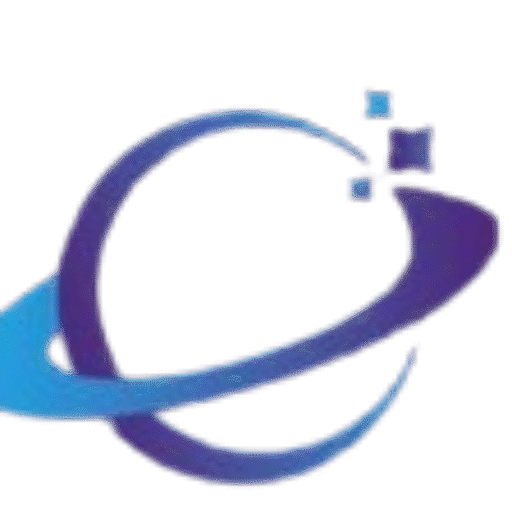




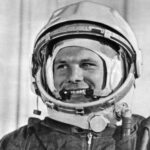

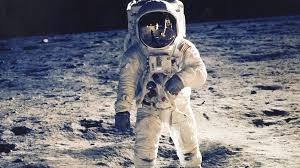
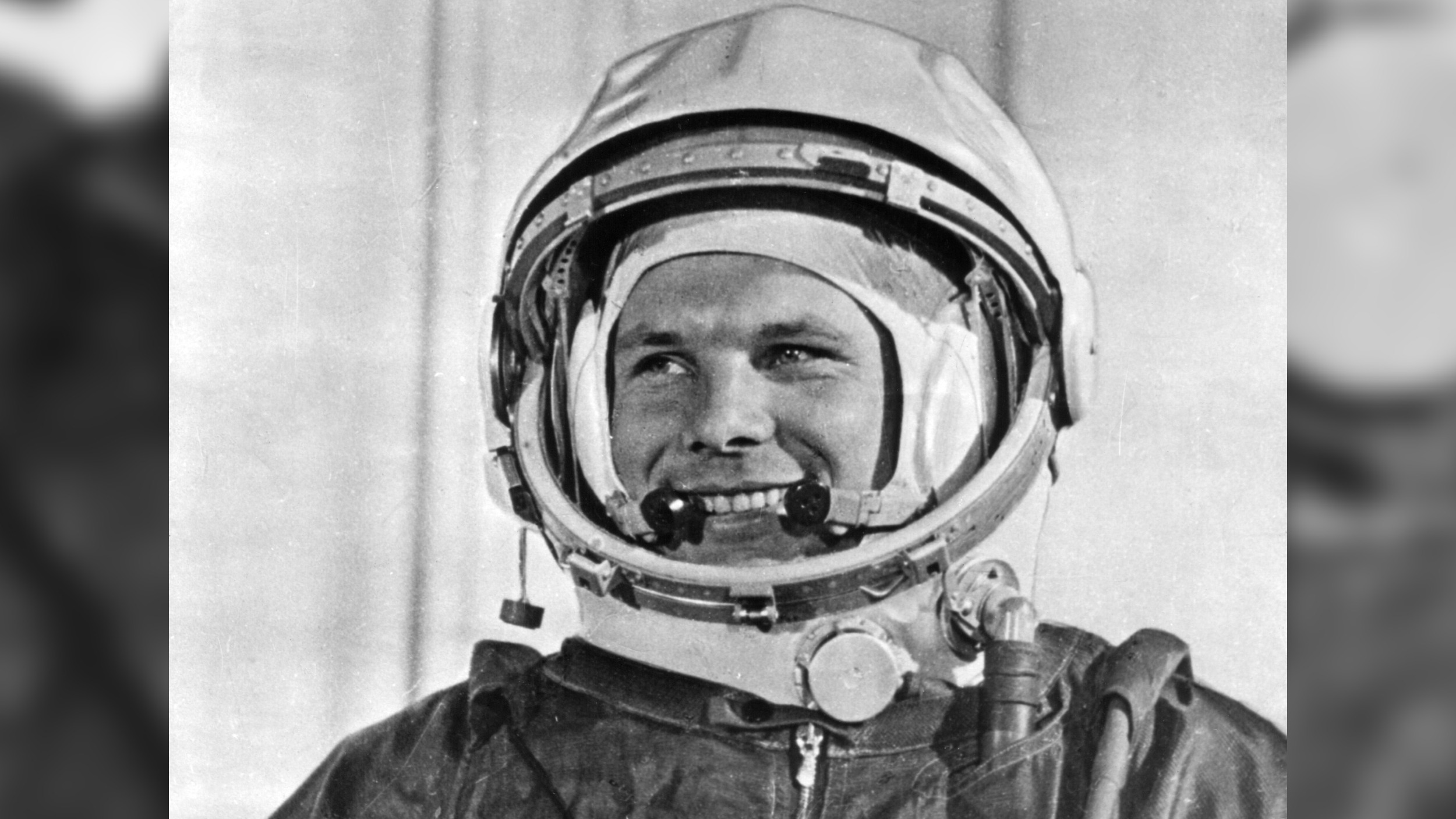
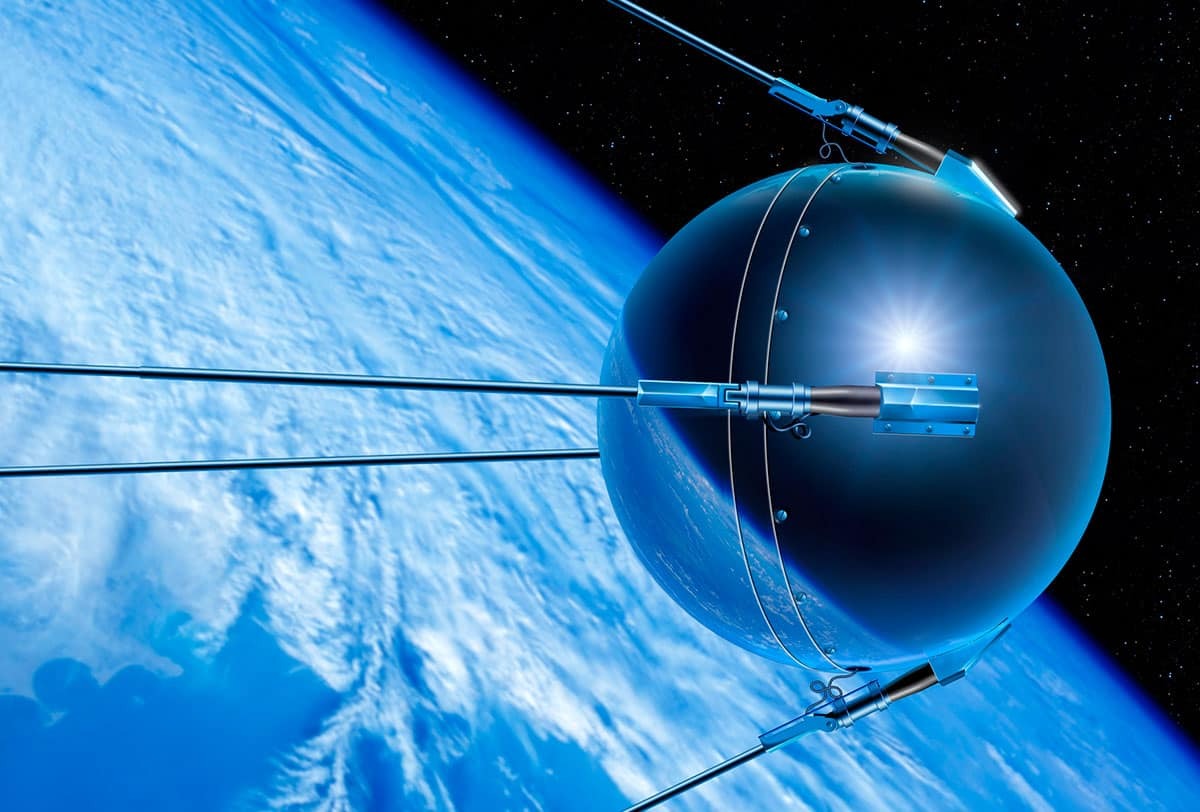

I loved learning about the history of the Apollo program. The courage and determination of those astronauts is just incredible. It’s so important to remember the work that went into achieving that “one giant leap” and how it changed our world forever.